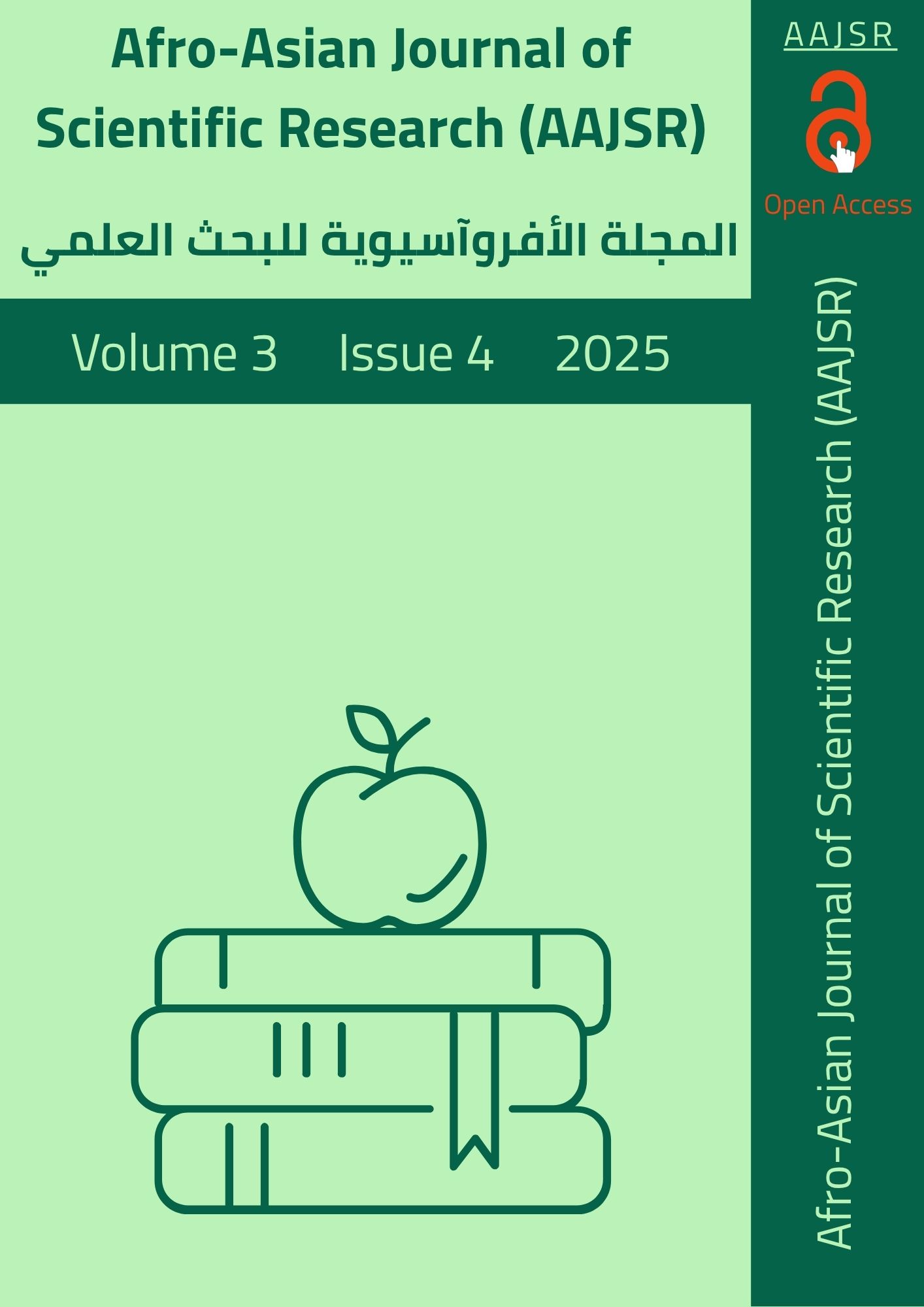The Importance of The Effect of Vegetation Cover on The Chemical Properties of Soil in Some Areas of Msallata- Libya
Keywords:
Vegetation cover, Macronutrients, Soil properties, Soil fertilityAbstract
Soil is a vital component of the ecosystem, serving as the fundamental support for vegetation, which in turn directly influences its chemical properties. This study aims to investigate the effect of vegetation cover on the chemical characteristics of soils in selected areas of Msallata. The research compares vegetated soils with those poor in vegetation in terms of their content of major nutrients such as nitrogen, phosphorus, and potassium, in addition to organic matter. The study concludes that soils rich in vegetation exhibit better chemical properties than barren soils, highlighting the importance of preserving vegetation cover as a sustainable means to improve soil fertility and resist degradation. Furthermore, increasing plant species diversity in the environment contributes to achieving sustainable nutrient balance, supports agricultural productivity, and maintains soil health.





